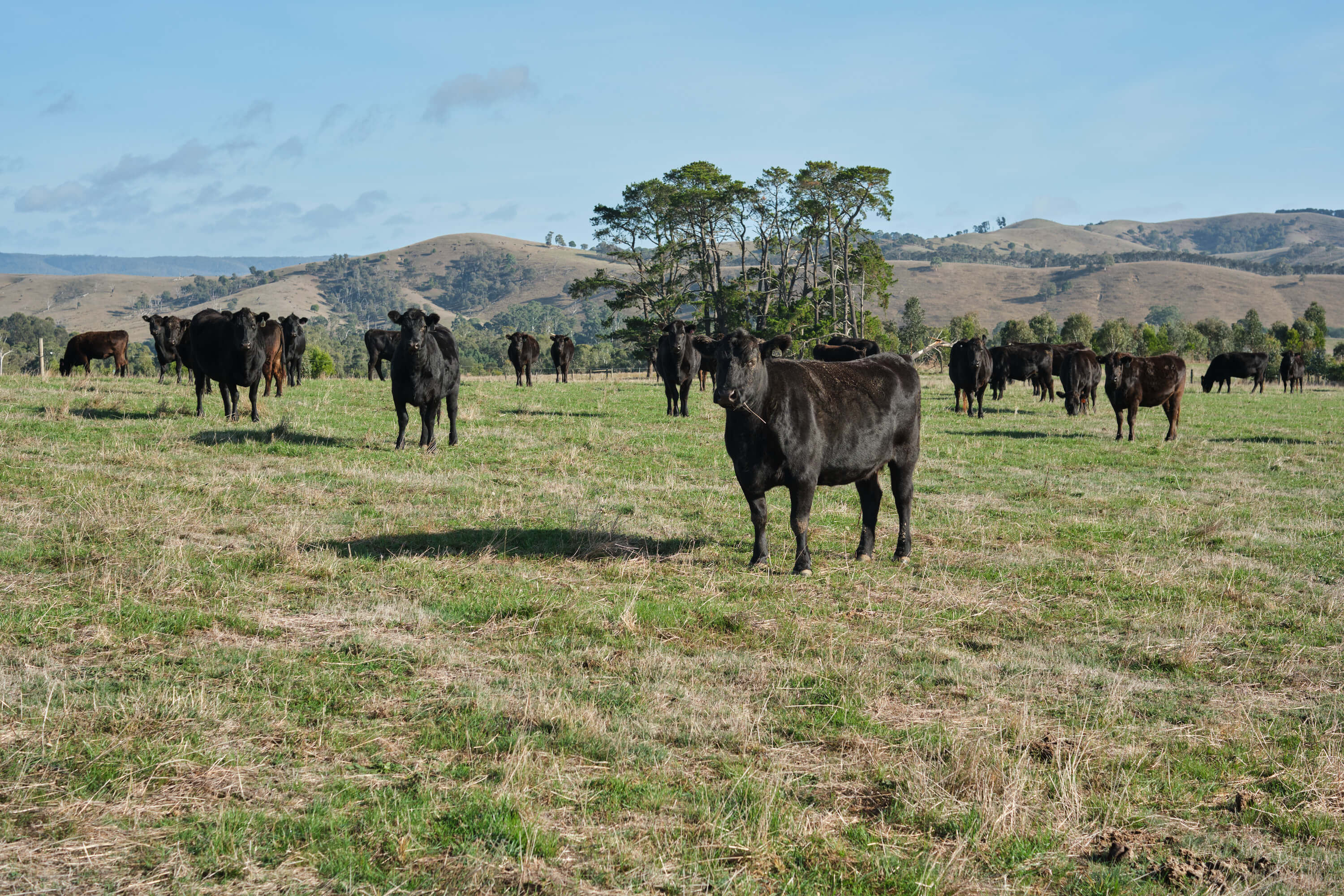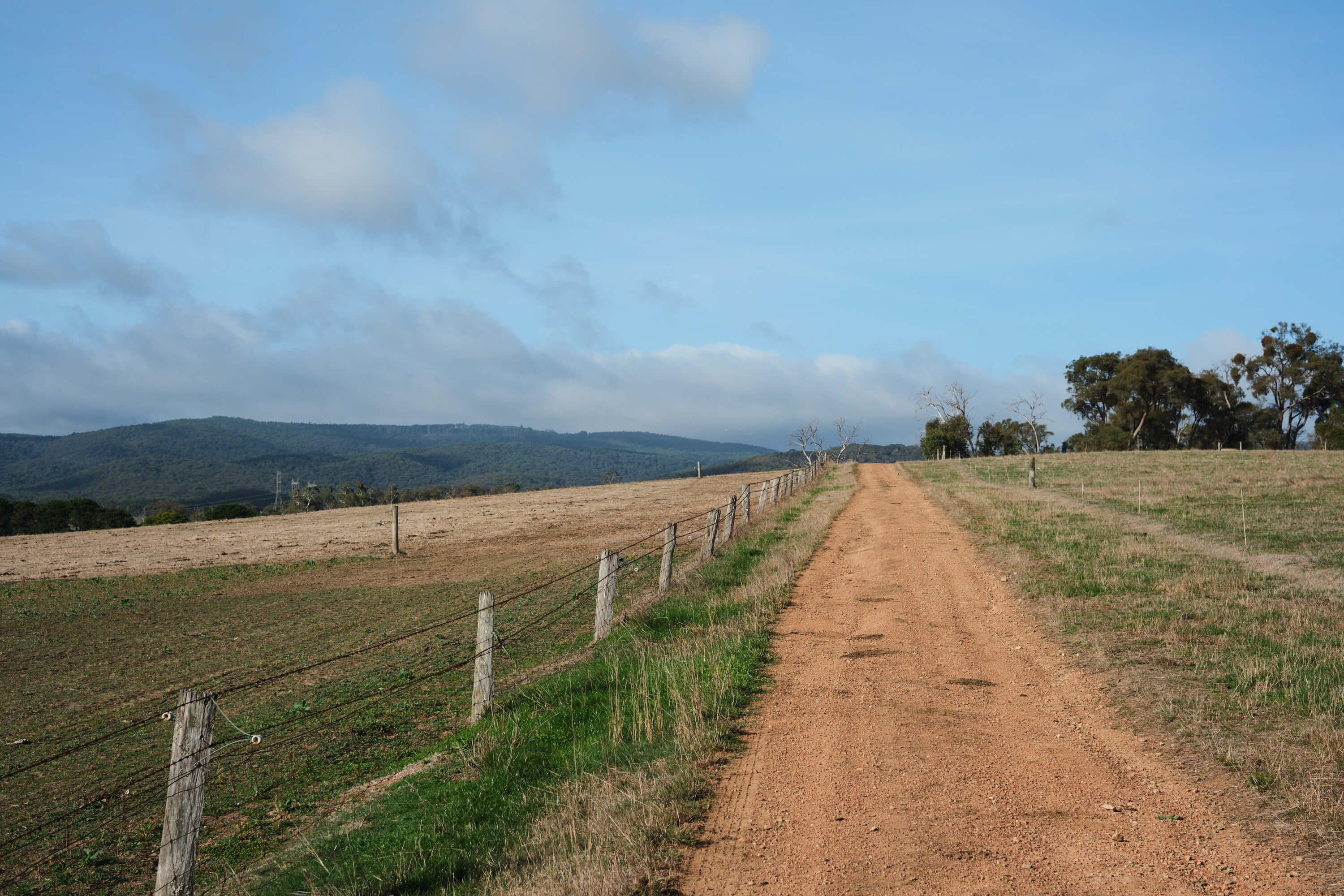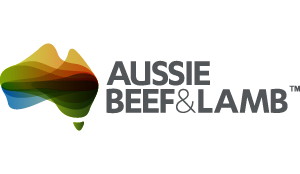As sustainability becomes a top priority for UK consumers and foodservice professionals, attention is turning toward the environmental credentials of imported meat. While the distance between Australia and the UK might raise questions, the case for Australian beef and lamb is stronger than ever. From cutting-edge emissions reductions to world-leading traceability, this article explains why Australian red meat is one of the most responsible choices for today’s climate-conscious consumer.
Australia’s Global Impact on Sustainable Meat Production
Australia punches well above its weight in global red meat markets. Despite producing just 3% of the world’s beef and 5% of global sheepmeat, the country accounts for 13% of global beef exports and more than half of all sheepmeat exports Over 70% of Australia’s red meat is exported, which has driven the industry to adopt high environmental and ethical standards. Producers across the vast Australian landscape manage ecosystems on a grand scale, incorporating regenerative farming methods that restore biodiversity and support long-term soil health.
The Australian red meat sector also takes a comprehensive approach to sustainability. This includes creating safe, skilled jobs; meeting growing community and consumer expectations around ethics and health; investing in biosecurity and animal welfare; and embedding transparent integrity systems across the supply chain. These efforts have positioned Australian beef and lamb as premium, reliable, and sustainable protein choices in the UK and around the world.
Sustainable Farming on the Global Stage: Insights from the Warsaw Forum
At the 11th International Beef Forum in Warsaw, global meat leaders discussed pressing challenges and innovations. Australia’s role was clear: the country is a model of how to align economic resilience with environmental responsibility. Richard Sanders of MLA UK presented Australia’s sustainability progress, including a 79% reduction in net carbon emissions since 2005, and noted the growing importance of ESG reporting in global trade.
Forum speakers also emphasised that ambitious environmental policies must be balanced with economic realities. For Australian producers, science and pragmatism guide their progress. Advances in genetics, grazing technology, and methane mitigation—such as feed additives like Asparagopsis—are transforming how cattle and sheep are raised. These breakthroughs allow Australian farmers to reduce emissions significantly while improving productivity and product quality.
The forum concluded with the Warsaw Appeal—a call for global cooperation, better public engagement, and policies grounded in science. Australia’s example highlighted the power of measurable sustainability goals and transparent action.

Tackling Emissions Through Science and Accountability
Australia’s red meat industry is one of the few in the world to have made significant, verified progress in reducing emissions. Through improved vegetation cover, smarter land and water management, and robust emissions tracking tools, the industry has cut its net carbon footprint by nearly 80% in under two decades. Water usage in beef production has also dropped by 73% since 1985 thanks to advances in irrigation and recycling technologies.
Research into methane reduction is also pushing boundaries. Australian scientists have been at the forefront of using feed innovations to reduce enteric emissions—one of the biggest contributors to the livestock sector’s climate impact. These efforts not only protect the environment but help maintain the integrity of the supply chain for customers seeking to minimise their own carbon impacts.
Understanding Methane and the Biogenic Carbon Cycle
Unlike fossil fuel emissions, methane from livestock is part of the biogenic carbon cycle—it breaks down naturally in the atmosphere within about 12 years. This is a critical distinction when considering the actual climate impact of red meat. The global narrative around methane is often simplified, but Australia’s science-led approach and open communication are helping bring clarity to the debate.
The documentary “World Without Cows” explores the positive roles ruminants play in ecosystems—such as grassland regeneration and soil carbon storage. It also explains the importance of livestock in sustainable food systems, particularly in regions unsuitable for crops.
Transport and Sustainability: Busting the Food Miles Myth
Distance doesn’t always mean a higher carbon footprint. Australian beef and lamb are exported via sea freight—currently the most emissions-efficient method of bulk logistics. A study of shipping between Australia and the USA concluded transport contributes less than 5% of the total emissions, energy and water usage footprint of these products.
Furthermore, the journey adds value. Beef and lamb are vacuum-packed and carefully aged during transport, resulting in enhanced tenderness and flavour, ensuring consistent product quality across foodservice and retail.
Trust and Transparency: Animal Welfare and Traceability
For UK chefs and buyers, traceability and welfare are non-negotiables. Australia sets the benchmark in both. The Integrity Systems Company (ISC), part of Meat & Livestock Australia, oversees programs such as the National Livestock Identification System (NLIS), Livestock Production Assurance (LPA), and National Vendor Declarations (NVDs).
These systems track animals throughout their life, ensuring origin, welfare standards, and safety protocols are verified at every stage. No growth hormones are used in cattle destined for the UK market, and strict national welfare standards cover everything from transport to slaughter. This gives UK importers, chefs, and consumers peace of mind about what they’re serving or purchasing.

Regenerating the Land While Feeding the World
Regenerative agriculture is becoming standard practice among Australian red meat producers. From rotational grazing and replanting native vegetation to using dung beetles and legumes that naturally boost soil nutrients, these practices are improving landscapes and reducing the need for synthetic inputs.
At the Warsaw forum, Richard Sanders shared stories of on-farm biodiversity gains, including the return of native species and improved water retention in drought-prone areas. These examples reflect how environmental gains and productivity go hand in hand. Healthier soils lead to more reliable pastures, lower feed costs, and better animal health—creating a cycle of continuous improvement that benefits the planet and the producer.
The Takeaway for UK Chefs and Buyers
The presence of Australian beef and lamb on UK menus and supermarket shelves is nothing new, but a continuation of a long-lasting relationship which started back in the 1880s.
Australian beef and lamb has always, and will continue to, provide a premium, consistent eating experience while meeting the UK’s increasing expectations for sustainability and traceability. Whether served in high-end restaurants or selected by health-conscious home cooks, Australian red meat delivers on quality, welfare, and environmental integrity.
Despite the distance, Australia’s efficient logistics, transparent production systems, and leadership in climate innovation make it one of the world’s most responsible suppliers of red meat. With increasing regulatory and consumer scrutiny, Australian beef and lamb are well-positioned to meet—and exceed—the standards of the UK market.
Conclusion: Setting the Global Standard for Sustainable Red Meat
Australia’s red meat industry is defining the future of sustainable food systems. Through innovation, integrity, and global collaboration, producers are driving change while protecting the environment. As the UK continues to evolve its own sustainability landscape, there is much to learn—and value—from Australia’s example.
Back to Blogs



